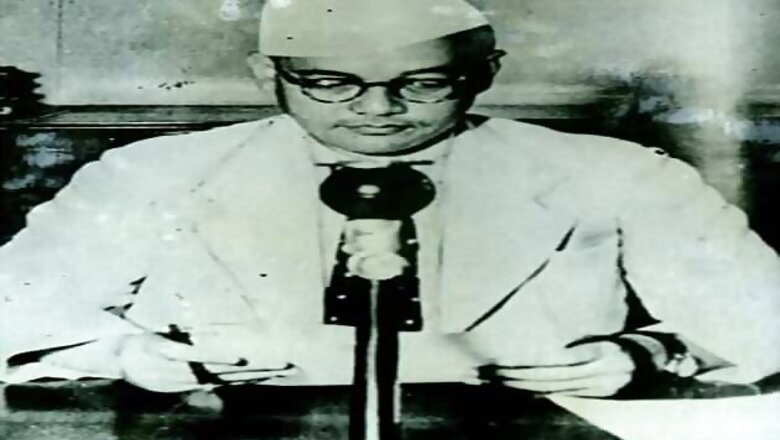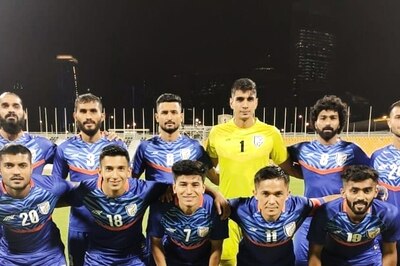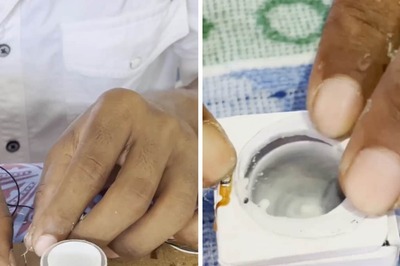
views
Singapore: The establishment of the Indian National Army (INA) and its women's wing, as well as the arrival of Netaji Subhash Chandra Bose galvanised the Indian community in Singapore to fight for India's independence, a new research book says.
"The coming of Subhas Chandra Bose completely revolutionised...the whole movement because people had great confidence in him," writes Rajesh Rai who authored the book Indians in Singapore 1819-1945: Diaspora In The Colonial Port City, which launched on Friday.
Rai vividly assesses the impact of Bose and the INA and its women's wing, the Rani of Jhansi Regiment, on the Indian population.
Notwithstanding the outcome of World War II, the developments in this period will forever be enshrined in Singapore's history.
The independence movement was built with the establishment of Indian Independence League and the Singapore Indian Association (IA) among various other bodies which channeled the aspirations of the Indians in Singapore towards the independence fight, he notes in the 325-page book.
Rai also highlights that the Indians in Singapore had a share of the sufferings along with the Chinese and Eurasians during the four-year Japanese occupation of Singapore from 1942 to 1945.
For four years, the people of Singapore were witness to the barbaric cruelty of the Japanese, he notes in his book.
Rai, a grandson of an early migrant from UP to Singapore, points out that the Indians never had it "light" when it came to enduring the suffering during the Japanese occupation as has always been assumed.
Nearly 30,000 Indians died while building and maintaining the Thailand-Burma "Death" Railway.
More than 24,000 deployed on the feared project suffered from malnutrition and disease, says Dr Rai in the book.
The Indians were majority of the 78,000 civilians from Malaya and Singapore deployed on the rail project.
The worst was the killing of 50,000 Chinese in the infamous Sook Ching Massacre by the Japanese.
Rai also notes that about 200 Indian families were settled on Bintan, an Indonesian island closer to Singapore, where there was inadequate food, as well as water that was unsafe to drink.
He also highlights the prosperity of the Indians who migrated to Singapore.
BP de Silva, who sailed into Singapore in 1869 with precious gems, had a plantation on Singapore's Pulau (island) Ubin, where he cultivated coffee, pepper, nutmeg, sugarcane and pineapple.
Rai, an assistant director at the Institute of South Asian Studies in the National University of Singapore, searched archives, newspapers and oral records for the book, which was launched by Ambassador K Kesavapany, president of the IA.


















Comments
0 comment